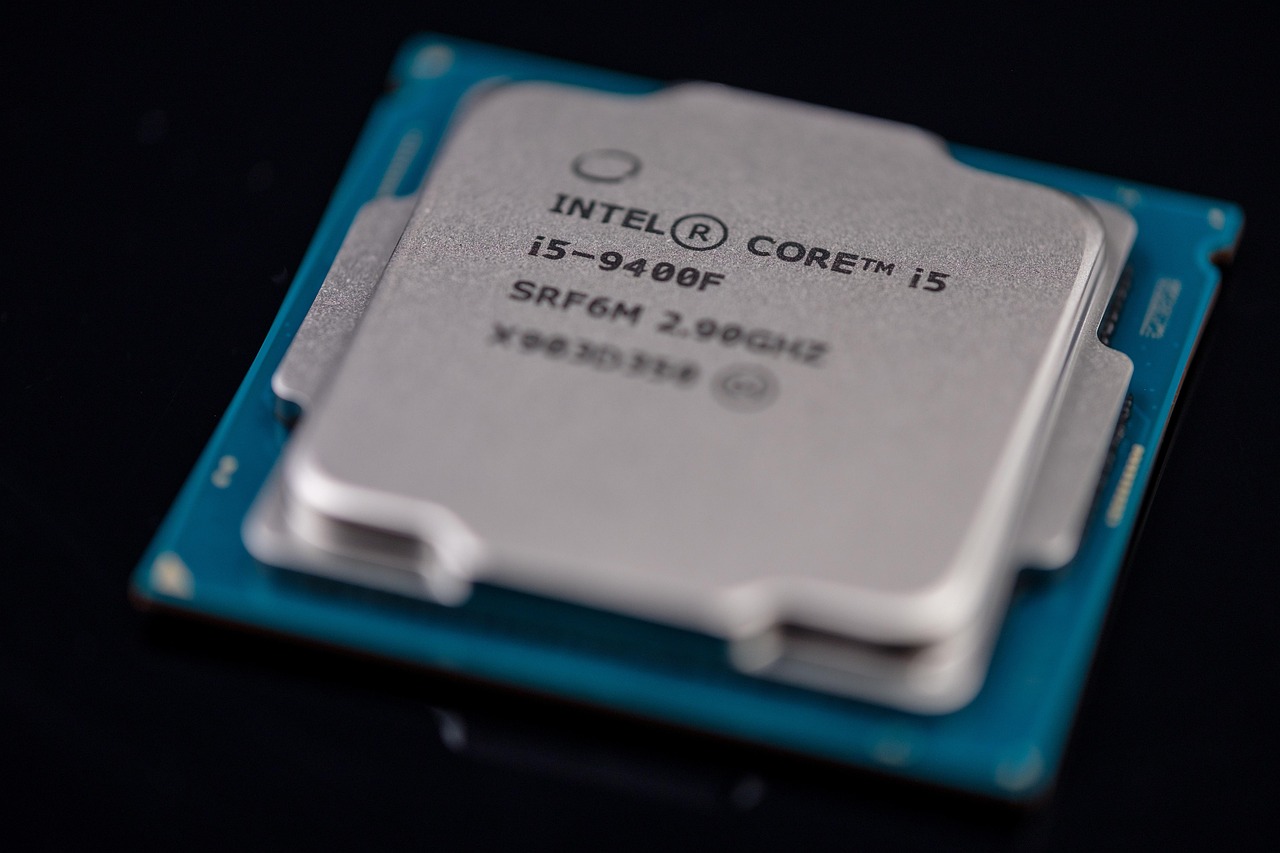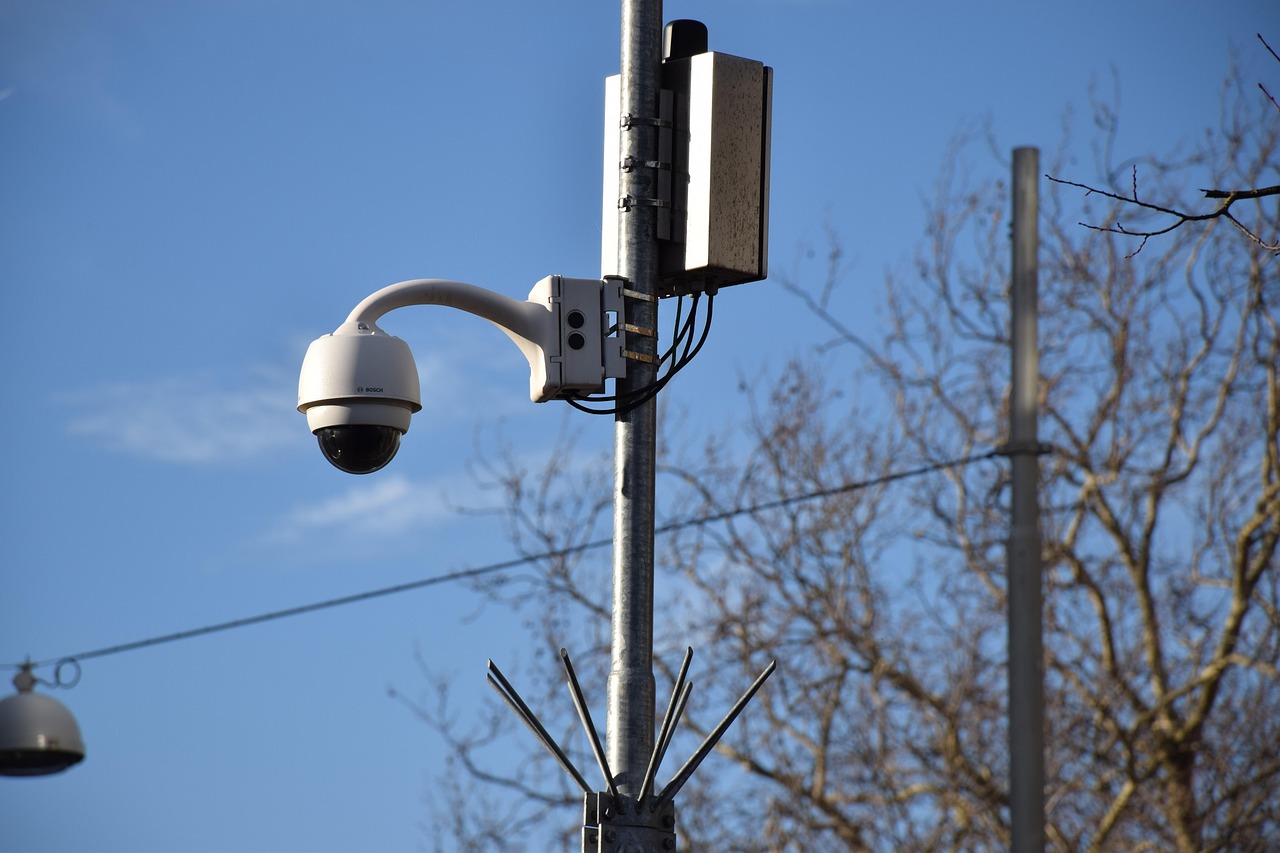Security-Led Design Adopted at Board Level: A Strategic Imperative for Modern Enterprises

In an era where cyber threats are growing both in frequency and sophistication, the integration of security-led design at the board level has become an essential strategic priority for companies around the globe. This approach not only enhances an organization’s defense mechanisms but also aligns security protocols with business objectives, ensuring robust protection of assets while facilitating growth and innovation.
Security-led design is a proactive methodology that integrates security considerations into every phase of product development and organizational strategy. Traditionally, security measures were often an afterthought, implemented reactively in response to emerging threats. However, given the increasing interdependence of global digital infrastructures and the potential for significant financial and reputational damage from breaches, businesses are now recognizing the importance of a security-first mindset right from the executive level.
The board of directors plays a pivotal role in this transition. By embedding security-led design into the governance framework, boards can ensure that the organization’s risk management strategies are comprehensive and forward-thinking. This shift requires directors to possess a deep understanding of cybersecurity threats and to prioritize investments in technologies and frameworks that bolster security.
Globally, the adoption of security-led design at the board level is influenced by several factors:
- Regulatory Compliance: With stringent regulations such as Europe’s General Data Protection Regulation (GDPR) and the California Consumer Privacy Act (CCPA), organizations are compelled to adopt robust security practices. These regulations mandate stringent data protection measures and have severe penalties for non-compliance, thus influencing board-level strategies.
- Reputation Management: In a digital world where news travels fast, a security breach can irreparably damage a company’s reputation. Boards are increasingly aware that proactive security measures are not just a technical issue but a business imperative.
- Technological Advancements: The rise of technologies such as artificial intelligence, the Internet of Things (IoT), and cloud computing has expanded the attack surface for cybercriminals. Boards must ensure that security strategies evolve in tandem with technological advancements.
- Financial Implications: The cost of responding to security incidents can be exorbitant, affecting a company’s bottom line. Investing in security-led design can mitigate these costs by preventing breaches before they occur.
Implementing security-led design at the board level involves several strategic actions:
- Education and Awareness: Board members must be continually educated about the latest cybersecurity threats and trends. Regular workshops and briefings from security experts can ensure that directors are well-informed.
- Integrating Security into Corporate Governance: Boards should integrate security considerations into their governance framework, establishing clear policies and procedures that prioritize security throughout the organization.
- Investing in Technology and Talent: Organizations must allocate sufficient resources to acquire cutting-edge security technologies and skilled cybersecurity professionals. This investment is critical for maintaining a robust security posture.
- Establishing a Security Culture: Boards should promote a culture of security awareness across all levels of the organization. This involves training employees to recognize and respond to potential threats and encouraging a proactive approach to security challenges.
In conclusion, as cyber threats continue to evolve, the adoption of security-led design at the board level is not just a technical necessity but a strategic business decision. By prioritizing security from the top down, organizations can better protect their assets, maintain regulatory compliance, and safeguard their reputation. As the digital landscape continues to change, board-level engagement in cybersecurity will be vital in driving sustainable business success.
















